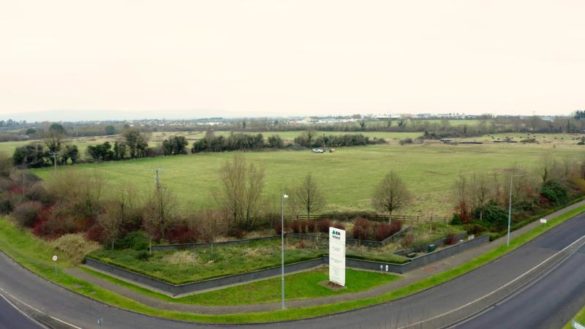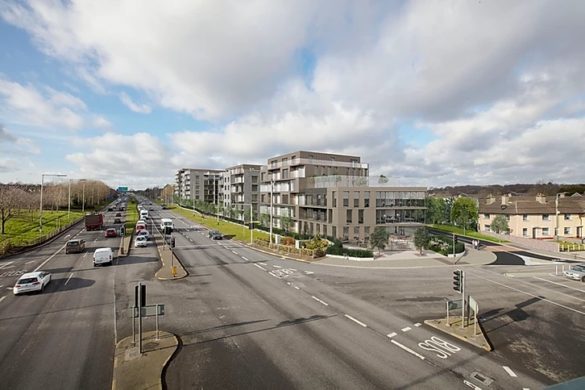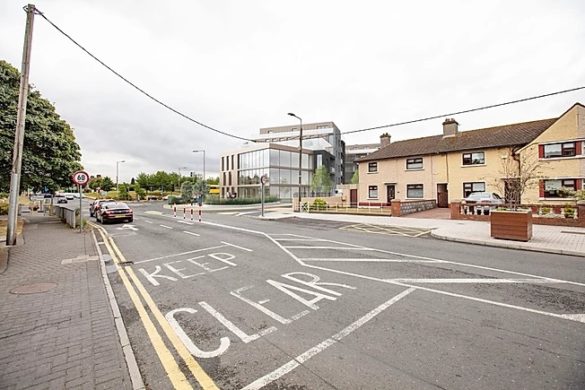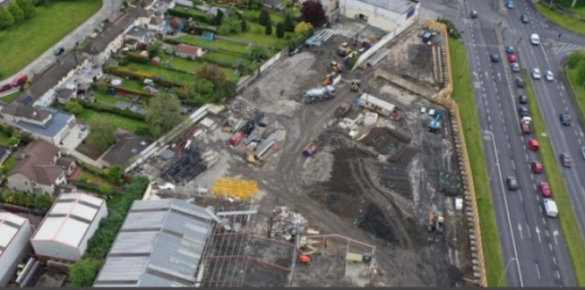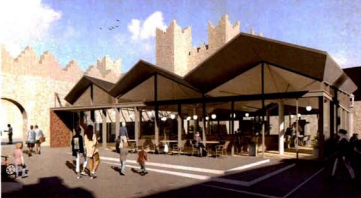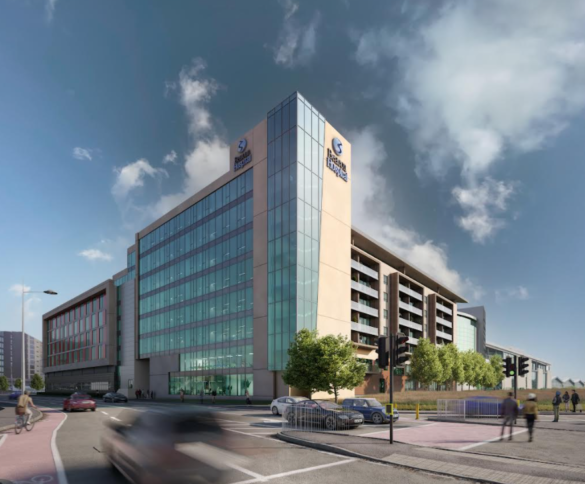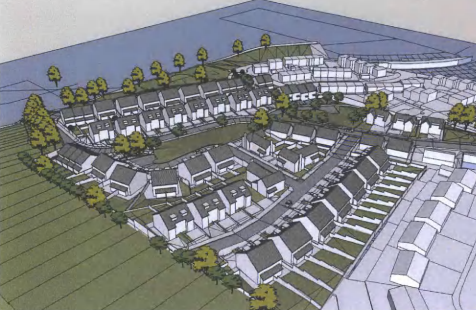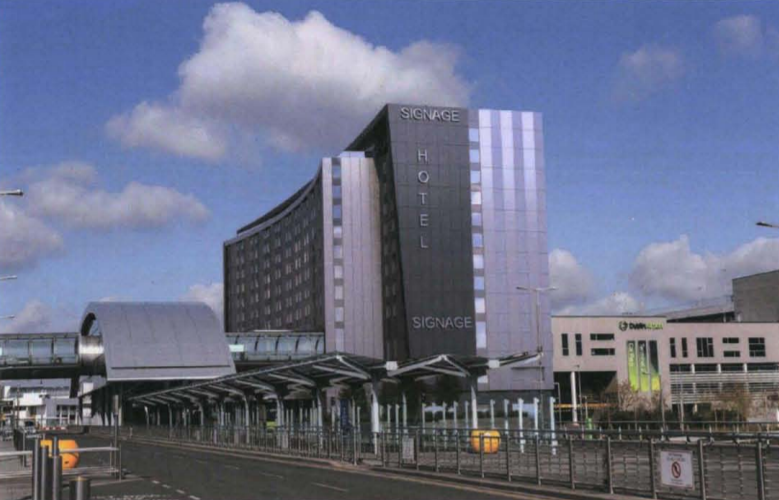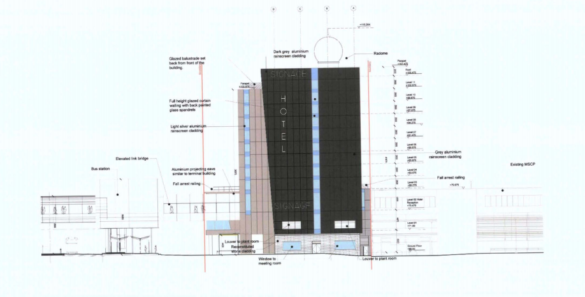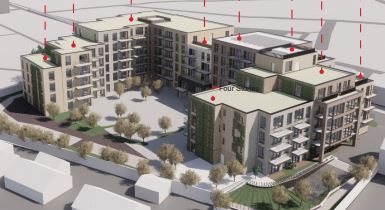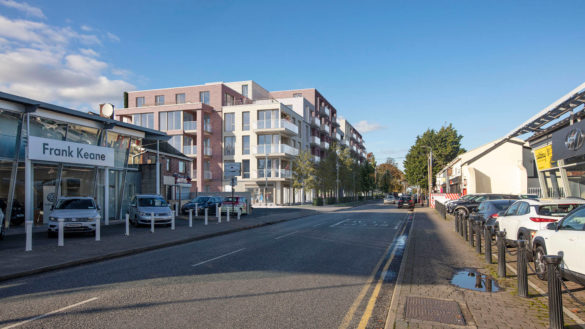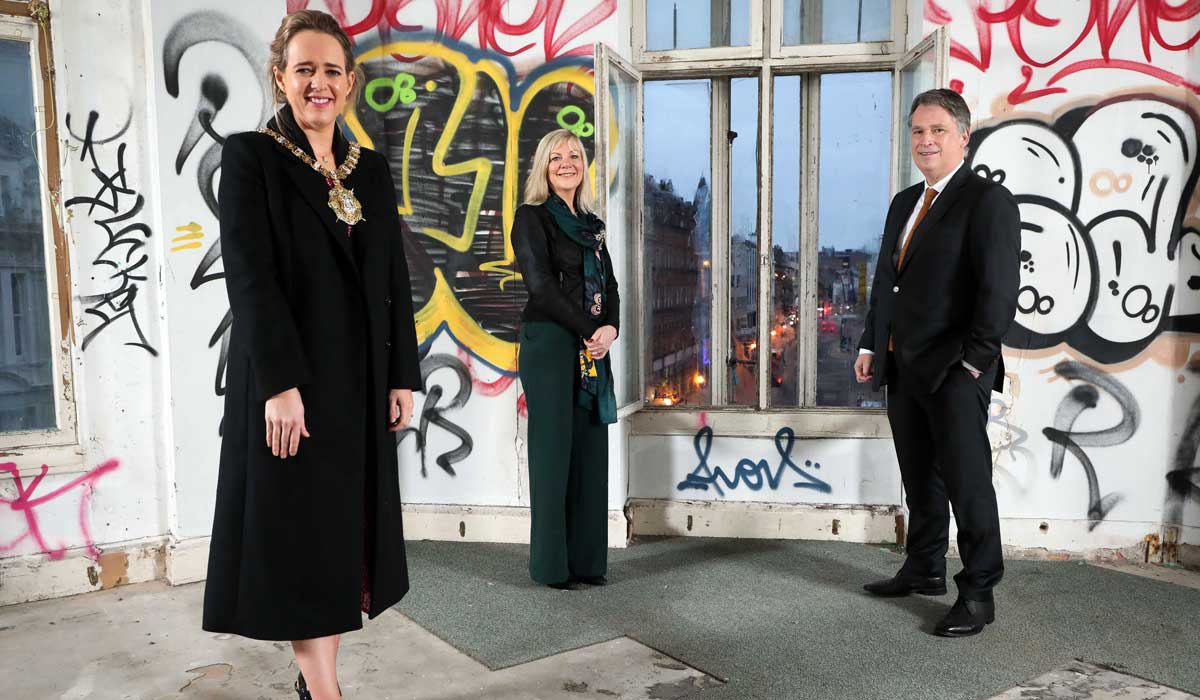A new report has spelt positive news for the construction industry with planning applications as a whole on the rise.
After two years marred by COVID-19 lockdowns, Building Information Index 2021 Q1-Q4’s has an optimistic outlook for the industry in 2022 as restrictions come to an end.
In the index released this week, it was found that there is the capacity for an 18% surge in construction levels across Ireland by the end of this year.
This boost comes off the back of a steady rise in planning applications in 2021 which saw the total value of new planning applications rise 44% higher from 2020.
All regions benefitted from this increase, with the exception of Connact/Ulster which saw an 8% drop in new applications.
Residential planning applications were up 54% in 2021 with Dublin and Cork (Munster) showing impressive gains of 75% and 76% respectively.
This substantial rise is largely attributed to the number of Strategic Housing Development applications submitted in the last year, particularly in the later months.
However, while applications are on the rise, commencements remain static at €10.5 billion – no change from 2020 and a 10% decrease from 2019.
Furthermore, residential unit projects with over 33,000 units started work in 2021 – an almost identical figure to 2020 and 2019.
Employment in the sector is also down 16% when compared to pre-pandemic levels which will forecast limits and possible delays to projects for 2022.
The report speaks of anecdotal evidence showing major administrative delays in processing larger projects, particularly Strategic Housing Developments.
Building Information CEO Danny O’Shea said: “Our year-end 2021 Building Information Index is showing more cause for optimism in the industry when compared with previous years.”
“Hopefully, the lockdowns are behind us now and we can focus and plan 2022 with a better degree of certainty than has been the case for quite some time.”
Mr O’Shea continued: “However, as noted, we must be mindful that while the demand is there, and the intent of the industry to deliver that demand is certainly present, we may have shortfalls in terms of labour, skills and materials that must be overcome.”
Sadly, not all factions of the industry have seen positive growth in the last year with the commercial and retail sector continuing its downward trajectory into 2021.
Planning applications were down 11% last year from 2020 and was felt in all regions except for Munster.
Granted applications also remained the same in both 2020 and 2021.
Building Info expects a further 15% decline in construction activity throughout 2022 with no presumption of a turn-around in the short or mid-term.
Meanwhile, the industrial sector is booming with new applications rising by 27% in 2021, in particular from IT, manufacturing and pharmaceutical companies.
Regionally, Munster experienced a significant increase of 110% in applications last year.
Furthermore, granted applications are up 52% with turnaround times also relatively short for industrial projects at 63 weeks.
For 2022, the Index indicates a 37% growth for the sector in 2022.
The agricultural sector experienced a slight decline nationally in 2021 of 4%. Granted applications were also down 7% with Munster suffering the brunt at -26%.
For both the medical and education sectors, 2021 was a relatively steady year with no further declines expected for either in 2022.
However, the turnaround times in the medical sector are 15 weeks slower than the industry average.
For the social sector, a slow recovery is most likely after it experienced significant blows during the pandemic. In 2021, new applications increased by 60%.
This data was compiled from real-time planning and project information by BuildingInfo with the estimated monetary build value of every construction project per sector in the country measured.
Projects with a value of less than €200,000 were omitted from the index, with the exception of the agricultural sector.


